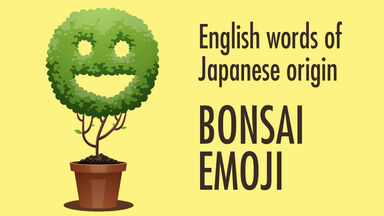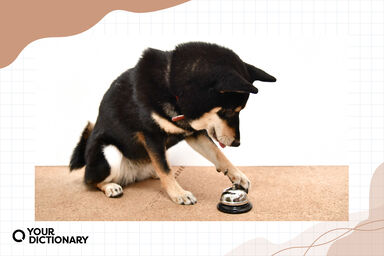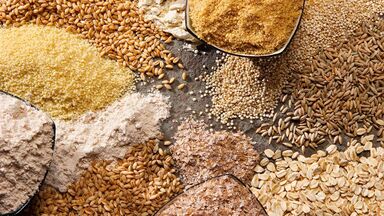A large variety of materials have been used in their manufacture by different peoples at different times - painted linen and shavings of stained horn by the Egyptians, gold and silver by the Romans, rice-paper by the Chinese, silkworm cocoons in Italy, the plumage of highly coloured birds in South America, wax, small tinted shells, &c. At the beginning of the 8th century the French, who originally learnt the art from the Italians, made great advances in the accuracy of their reproductions, and towards the end of that century the Paris manufacturers enjoyed a world-wide reputation.
Interiors were then divided into smaller rooms by means of sliding doors covered with thin rice-paper, which permitted the passage of light while obstructing vision; the hanging lattices were replaced by wooden doors which could be slid along a groove so as to be removable in the daytime, and an alcove was added in the principal chamber for a sacred picture or Buddhist image to serve as an object of contemplation for a devotee while practising the rite of abstraction.
Shoji paper can also incorrectly be known as " rice paper ".
To complete this new look simply highlight your entire brow line from the inner corner of your eyelid with a shimmer eye shadow such as Shroom or Rice Paper.
Some grooms cakes are simply sheet cakes with deer painted onto them, either with frosting or with the newest technology of photo transfer onto the top of a cake using rice paper.





